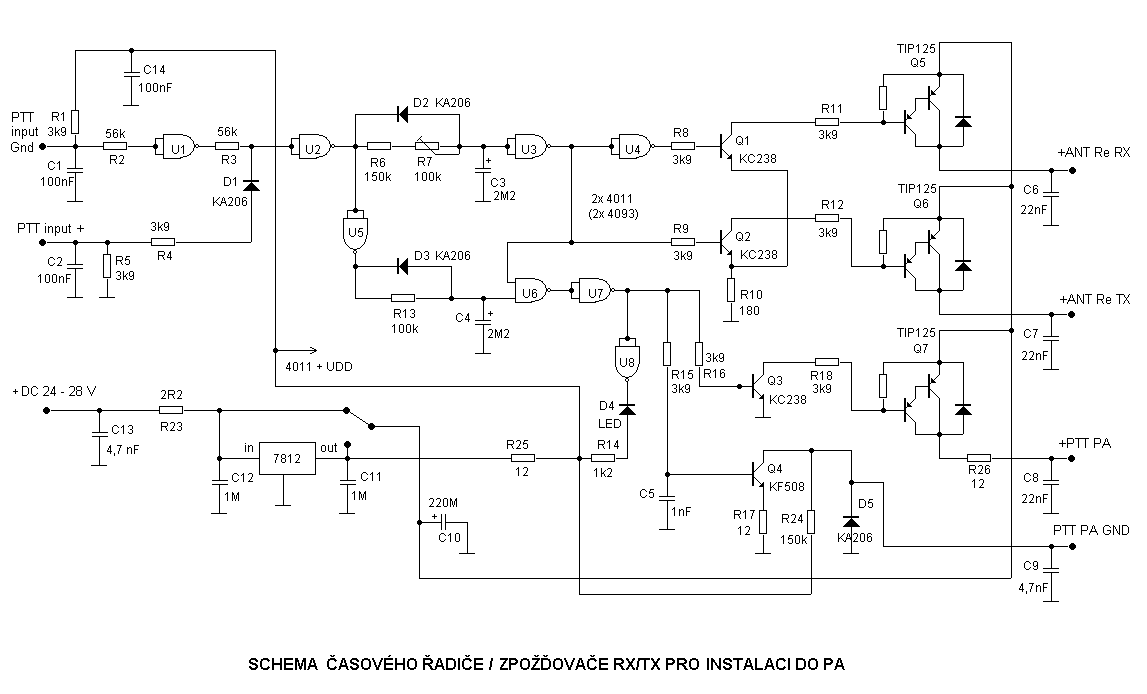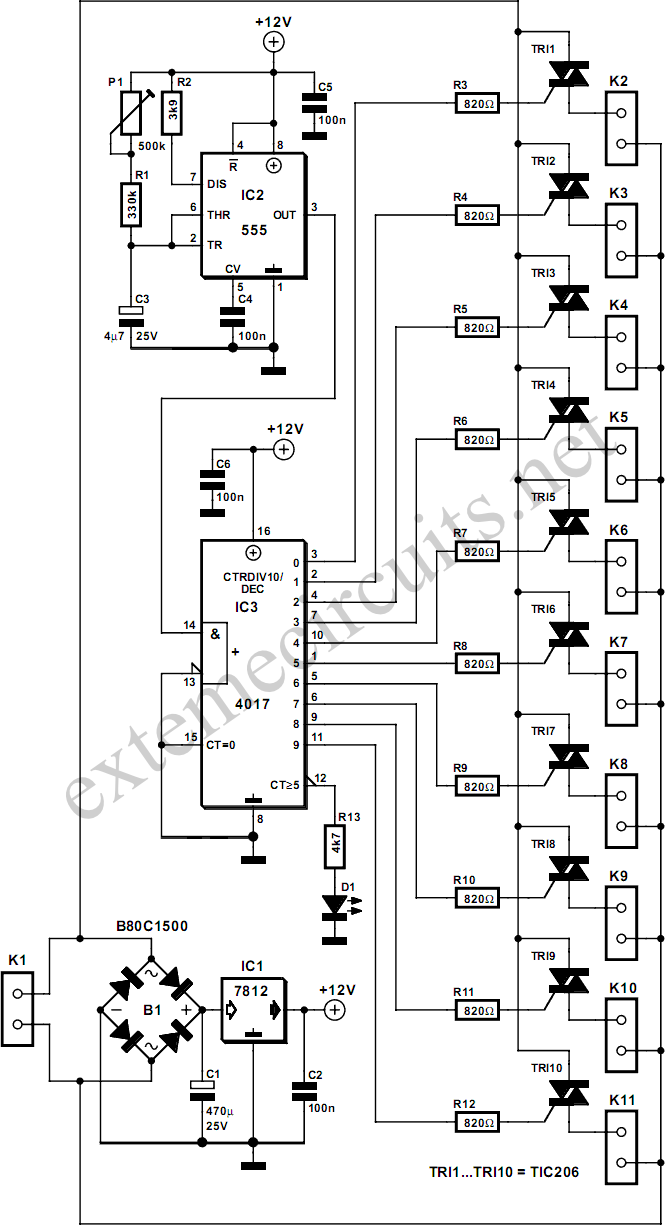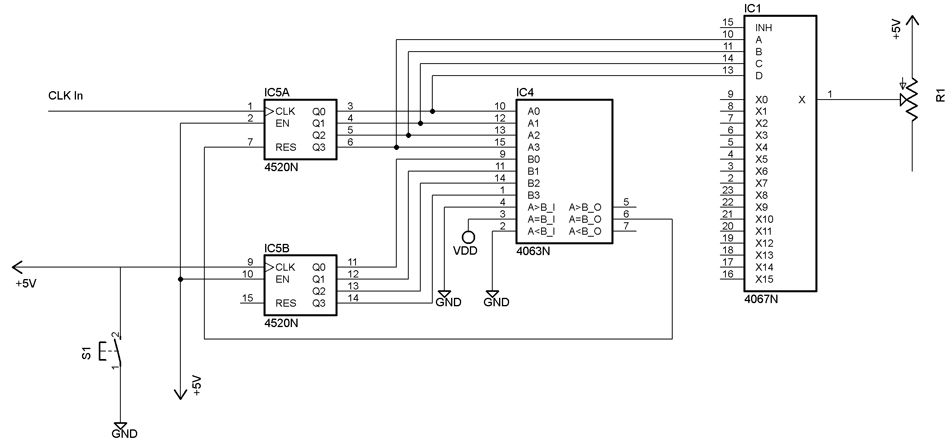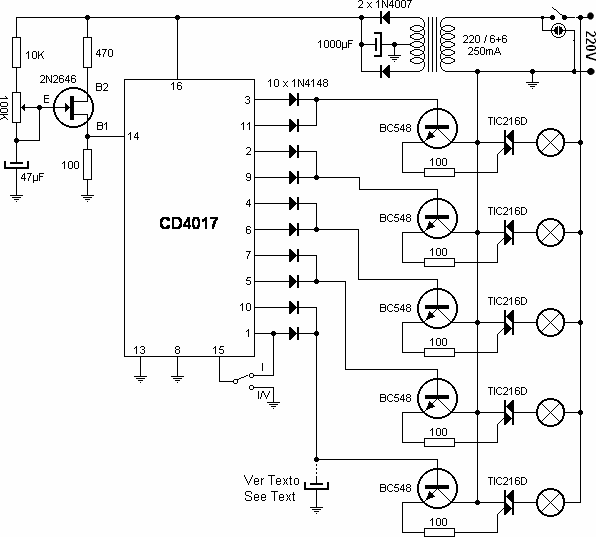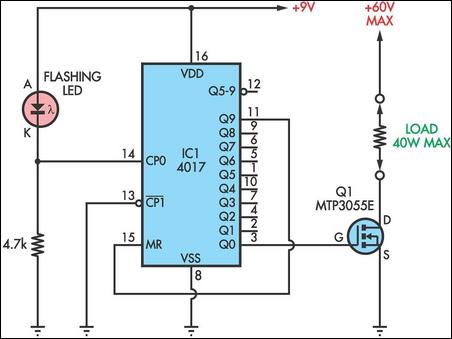
turntable sequencer
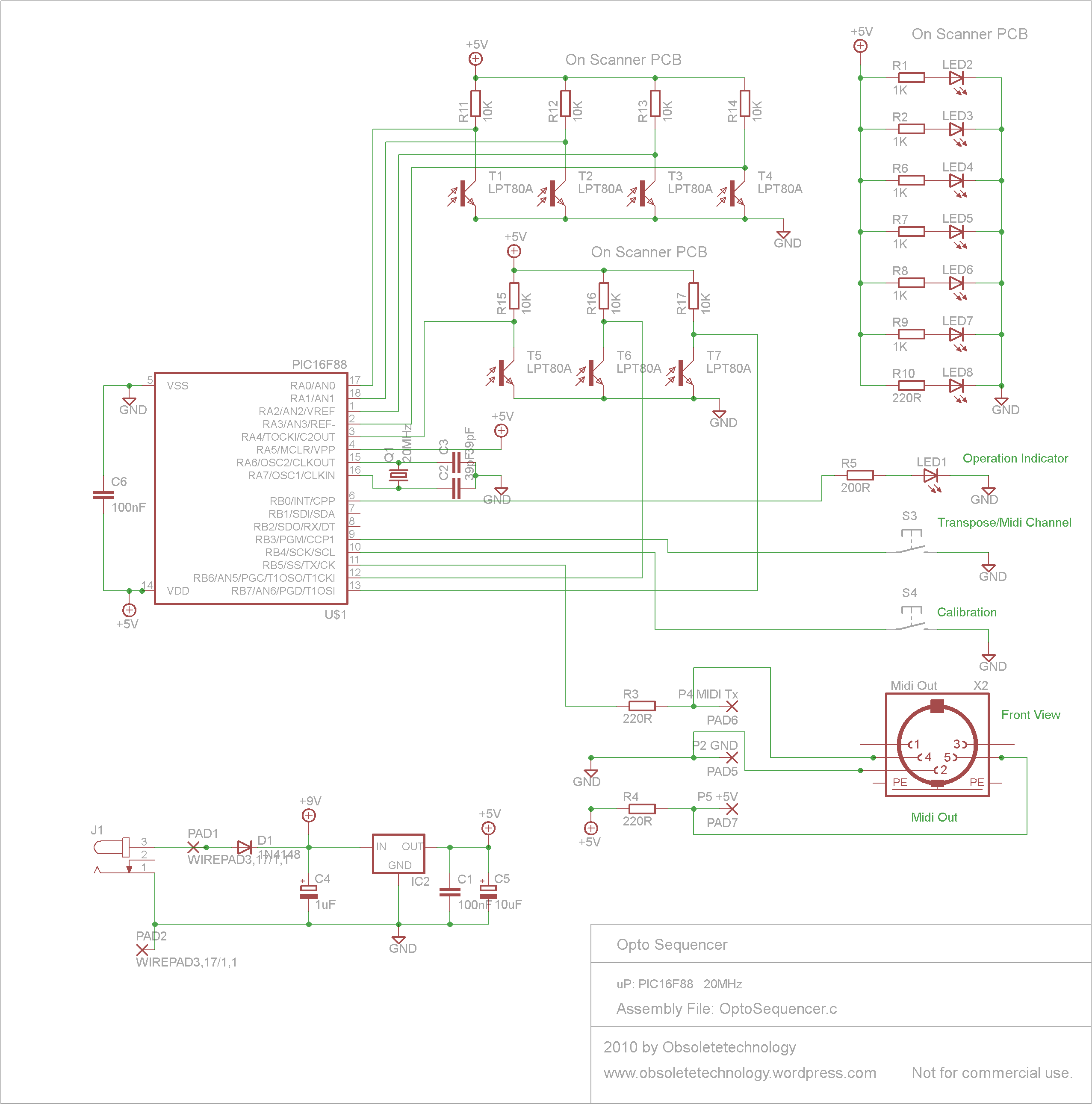
This project has been contemplated since the first attendance at a concert by Institut für Feinmotorik, a German band known for their unconventional use of turntables to produce sound and noise. What was most striking about their performance, aside from the captivating sound, was the ability to...
This project aims to explore the innovative sound generation techniques employed by the German band Institut für Feinmotorik, particularly their unique approach to using turntables. The design will focus on creating an electronic schematic that mimics or enhances the sound manipulation techniques observed during their performances.
The circuit will incorporate several key components, including audio input interfaces, signal processing units, and output drivers. The audio input stage can utilize high-quality preamplifiers to capture the raw sound from various sources, such as microphones or musical instruments. These signals will then be fed into a digital signal processor (DSP) that can perform real-time sound manipulation, including effects such as pitch shifting, time stretching, and filtering.
The turntable interface will be designed to allow for both traditional vinyl playback and digital signal manipulation, enabling the user to blend analog and digital sound sources seamlessly. This dual functionality will be achieved through the integration of an analog-to-digital converter (ADC) that digitizes the analog signal from the turntable for processing within the DSP.
Additionally, the output stage will consist of a power amplifier and speaker system capable of reproducing the complex sound textures generated by the circuit. Careful attention will be given to the design of the output stage to ensure minimal distortion and high fidelity, which are crucial for maintaining the integrity of the sound produced.
To enhance the user experience, the circuit may also include a user interface with controls for adjusting parameters such as volume, effects intensity, and playback speed. This interface could be implemented using a microcontroller that manages the various functions of the circuit and provides visual feedback through LED indicators or a small display.
Overall, the project will result in a versatile electronic schematic that not only captures the essence of the Institut für Feinmotorik's innovative sound generation techniques but also allows for personal experimentation and creativity in sound design.This project has been on my mind since the very first time I attended a concert from `Institut fuer Feinmotorik`, a Germany based `Band` which is using turntables in a pretty uncommon way in order to generate sound and noises. What struck me most about their show (besides the fascinating sound) was that you could.. 🔗 External reference
This project aims to explore the innovative sound generation techniques employed by the German band Institut für Feinmotorik, particularly their unique approach to using turntables. The design will focus on creating an electronic schematic that mimics or enhances the sound manipulation techniques observed during their performances.
The circuit will incorporate several key components, including audio input interfaces, signal processing units, and output drivers. The audio input stage can utilize high-quality preamplifiers to capture the raw sound from various sources, such as microphones or musical instruments. These signals will then be fed into a digital signal processor (DSP) that can perform real-time sound manipulation, including effects such as pitch shifting, time stretching, and filtering.
The turntable interface will be designed to allow for both traditional vinyl playback and digital signal manipulation, enabling the user to blend analog and digital sound sources seamlessly. This dual functionality will be achieved through the integration of an analog-to-digital converter (ADC) that digitizes the analog signal from the turntable for processing within the DSP.
Additionally, the output stage will consist of a power amplifier and speaker system capable of reproducing the complex sound textures generated by the circuit. Careful attention will be given to the design of the output stage to ensure minimal distortion and high fidelity, which are crucial for maintaining the integrity of the sound produced.
To enhance the user experience, the circuit may also include a user interface with controls for adjusting parameters such as volume, effects intensity, and playback speed. This interface could be implemented using a microcontroller that manages the various functions of the circuit and provides visual feedback through LED indicators or a small display.
Overall, the project will result in a versatile electronic schematic that not only captures the essence of the Institut für Feinmotorik's innovative sound generation techniques but also allows for personal experimentation and creativity in sound design.This project has been on my mind since the very first time I attended a concert from `Institut fuer Feinmotorik`, a Germany based `Band` which is using turntables in a pretty uncommon way in order to generate sound and noises. What struck me most about their show (besides the fascinating sound) was that you could.. 🔗 External reference
